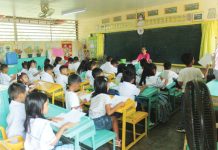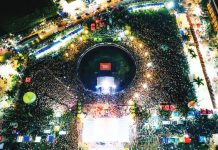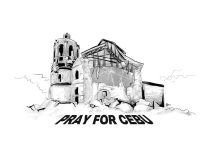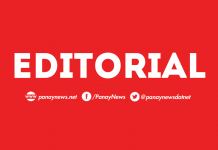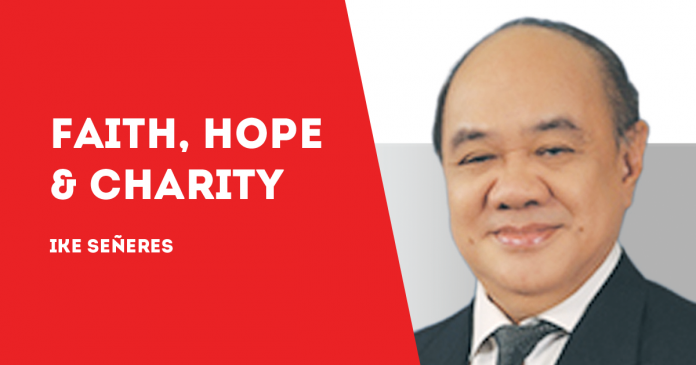
THE FIVE pillars of justice, namely law enforcement, prosecution, adjudication, corrections and rehabilitation, are like a chain that should not be broken, otherwise there will be a breakdown of justice, and we will all suffer.
A chain is a series of links that should always be connected to each other, otherwise, if one of the links will snap, the entire chain will break.
Looking at our present justice system now, it seems that corrections and rehabilitation are the weak links that are causing the entire justice system to break. It appears, however, that corrections and rehabilitation are back-to-back parts of the process that should really complement each other.
In reality, it is difficult to tell where corrections would end, and where rehab would start. Except for those who are imprisoned for life or those who have been given the death sentence, all persons deprived of liberty (PDL)s are supposed to be “corrected” and “rehabilitated” in preparation for their reentry back to society, where they are expected to become law abiding, responsible and productive citizens.
Probably because of overpopulation and the mismanagement of our prisons and jails, this preparation for reentry does not seem to be happening and on the contrary, some prisoners and detainees have become more hardened criminals than when they came in.
By definition, corrections also include probation and parole, aside from incarceration. Let us look into these two options as solutions to overpopulation.
WATER VERSUS ELECTRICITY
If given a choice between water and electricity, what would you rather have?
Someone asked me that question recently, and I choose water, arguing that I could live without electricity, but not without water.
I was contented with my answer, but I was bothered by the fact that many Filipino families could not make the choice I made, because they neither have water nor electricity.
Having access to water is actually a measure of poverty. In the new measure of poverty called the “Multidimensional Poverty Index” (MPI), everything is measured according to a household’s access to basic goods and services, instead of simply measuring whether a household could afford the imaginary basket of goods or not.
But who is keeping track as to how many households have access to clean potable water and how many do not?
The fact is, only the lower-class drink from tap water, and only the middle and the upper classes drink bottled water, because they are the only ones who could afford it.
Again, who is keeping track? Should it be the local government units (LGUs)? Should the water concessionaires and the water districts be also tasked with data gathering?
If no one is keeping track, where are we getting the data to report as compliance to the Sustainable Development Goals (SDGs)?
We are only six years away from the deadline, and we should really know where we stand. I hope that our data is accurate./PN

